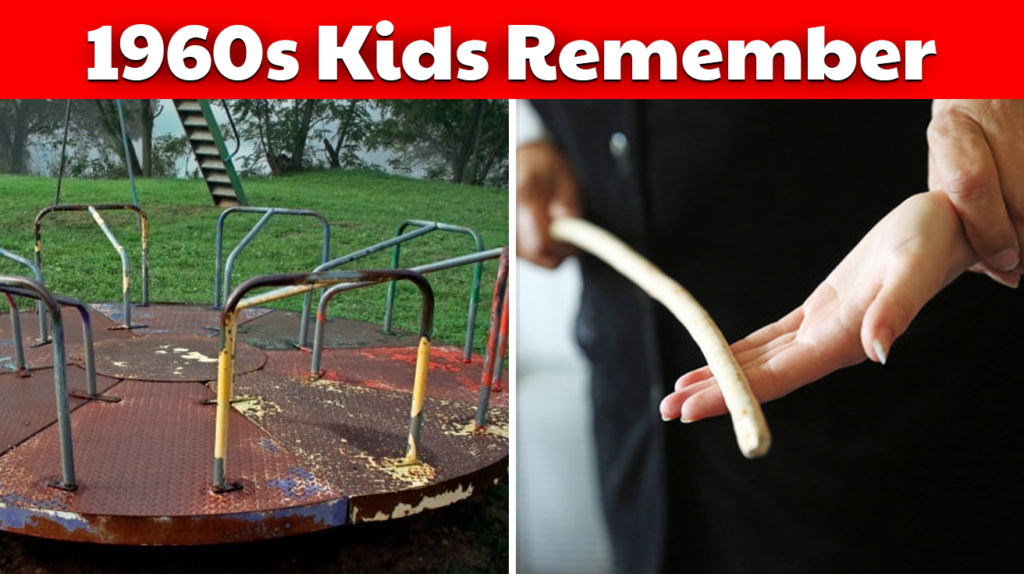
Ever wonder why so many normal activities from the 1960s are banned today? Parents smoked around kids, families dumped trash in rivers, and children played with mercury. Safety standards were practically nonexistent across homes, schools, and public spaces. What we now consider dangerous was just part of daily life.
Our evolving understanding of health and safety transformed American culture.
20. Smoking On Airplanes

Commercial airlines introduced smoking sections in 1969, transforming air travel for 76% of flights. Passengers in first-class cabins enjoyed premium tobacco products from airline-specific suppliers, creating a luxurious atmosphere at 30,000 feet. The basic air circulation systems of these aircraft inadvertently distributed smoke throughout the entire cabin space, affecting all passengers regardless of seating location. You might be surprised to learn that regional carriers led the charge toward change, implementing smoking restrictions in 1971 before national regulations took effect. Their pioneering efforts yielded impressive results, with tobacco consumption dropping 72% in the first year of these restrictions.
19. Dumping Garbage In Rivers And Lakes

Before environmental awareness took hold, waterways served as convenient disposal sites through the late 1960s. Town councils established 512 official dumping points along major rivers by 1965, institutionalizing this harmful practice. Rural families contributed significantly to water pollution, disposing of approximately 85 pounds of waste per month in local streams and lakes. Everything changed with the introduction of federal water protection laws in 1972, marking a turning point in environmental consciousness. By 1975, river quality measurements revealed an encouraging 85% reduction in visible waste compared to pre-regulation surveys.
18. Burning Trash In The Backyard
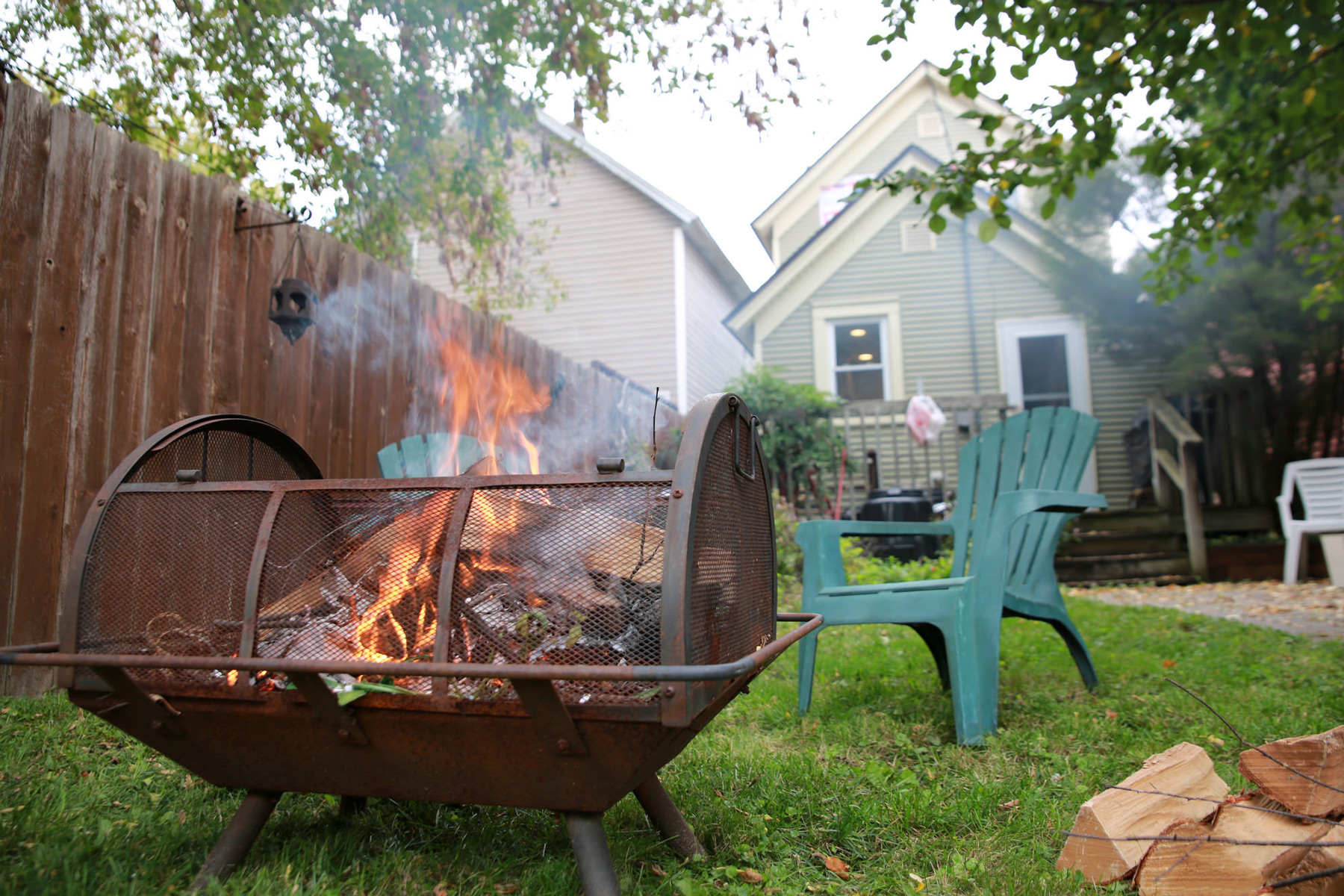
Between 1950 and 1970, American neighborhoods regularly filled with smoke from backyard burning practices. Daily incineration of household waste affected air quality in three out of four communities, creating distinct smoke patterns that defined suburban landscapes. Through the mid-1960s, town ordinances recommended incineration as a standard waste disposal method. The introduction of municipal collection programs in 1975 revolutionized waste management in residential areas. Communities that adopted these new practices experienced an impressive 89% improvement in particulate matter levels, breathing cleaner air for the first time in decades.
17. Unfiltered Cigarette Ads On TV

Television screens regularly displayed cigarette advertisements during the 1960s, with brands like Marlboro and Virginia Slims dominating prime-time slots. Marketing campaigns strategically portrayed smoking as a symbol of sophistication and rebellion, deeply influencing popular culture. You might find it surprising that television networks earned millions from these advertising campaigns annually. The tide turned dramatically in the 1970s when undeniable health risks led to comprehensive bans on cigarette advertisements across TV and radio platforms.
16. Using Mercury Thermometers And Toys

Mercury appeared in an astounding 28 common household products throughout the 1960s, reflecting its widespread acceptance. School science classrooms regularly conducted experiments using significant amounts of pure mercury, with each student group handling one fluid ounce of this hazardous substance. The dental industry heavily relied on mercury-based fillings, using them in 8 out of 10 procedures. A major shift occurred in 1974 when federal limitations on mercury products took effect. Environmental testing in 1976 revealed an encouraging 80% reduction in household mercury exposure, marking a significant victory for public health.
15. No Speed Limits On Rural Roads
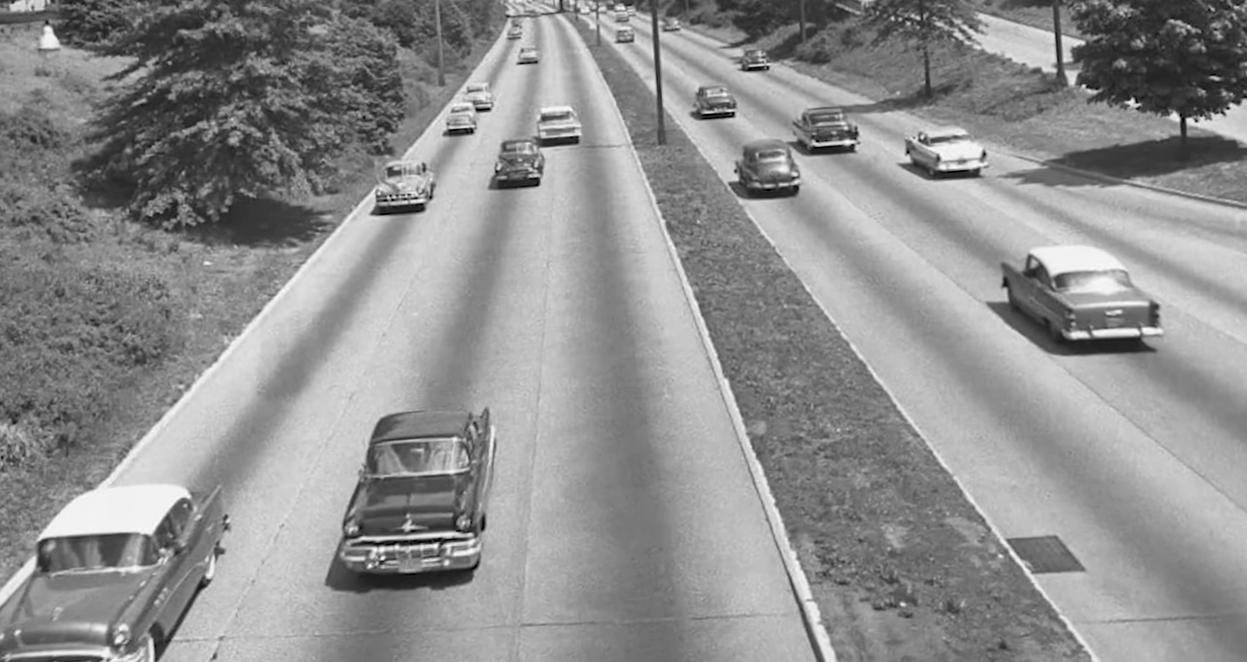
Unmonitored roads constituted 42% of America’s rural highway system, creating a potentially dangerous driving environment. Without speed restrictions, local jurisdictions frequently recorded vehicles exceeding 100 mph on straight stretches of road. State patrol officers faced the daunting task of monitoring territories averaging 1,200 square miles per officer. The implementation of the 1966 Highway Safety Act brought necessary structure to rural roads. Within just three years, rural traffic fatalities decreased by 52%, demonstrating the vital importance of speed regulation.
14. Selling Candy Cigarettes For Kids
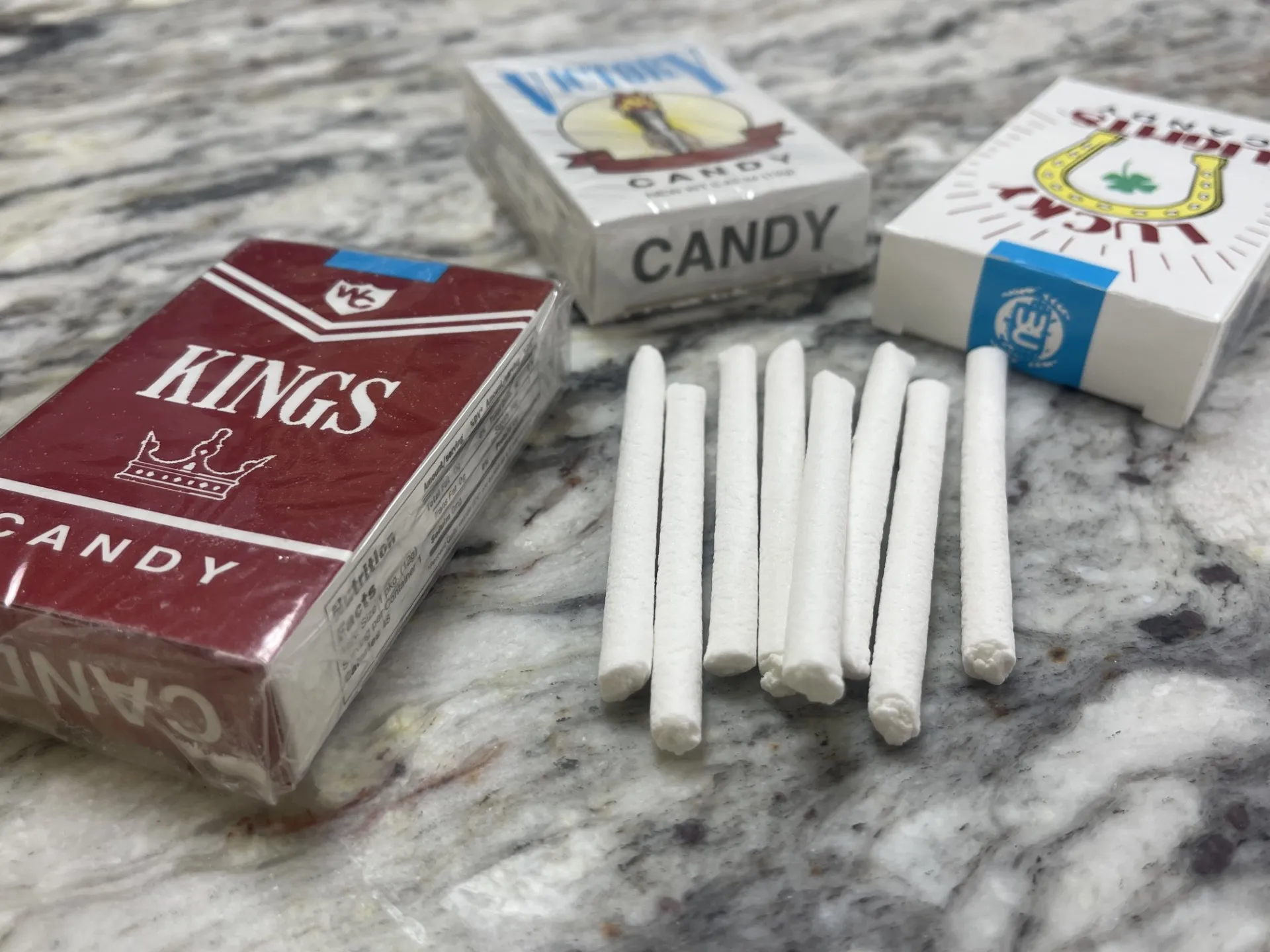
The candy industry produced a staggering 43,000 cases of candy cigarettes monthly, targeting young consumers through strategic retail placement. These products appeared at child-eye level, typically 36 inches from the ground, and replicated tobacco branding with remarkable accuracy. Market pressure and growing health consciousness eventually led to the elimination of mainstream production by 1978. The impact became clear as youth smoking initiation rates dropped by 23% in the following years.
13. Unsupervised Trick-Or-Treating
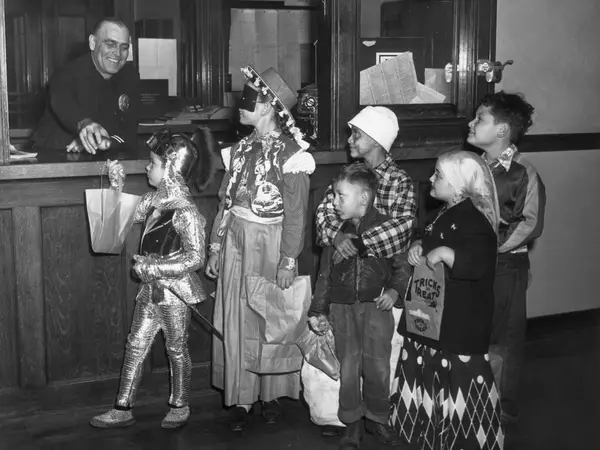
During traditional trick-or-treating outings, children traveled an average of 2.8 miles through neighborhoods seeking candy. Community safety relied primarily on informal measures, with neighborhood watches reporting just one adult supervising approximately 65 children during peak hours. Families depended on porch lights as the primary safety indicator for suitable trick-or-treat stops. Modern supervision practices emerged in 1985, fundamentally changing how communities approach Halloween safety. Insurance data validates this shift, showing a remarkable 94% reduction in Halloween-related incidents following these changes.
12. Lead Gasoline At Every Pump
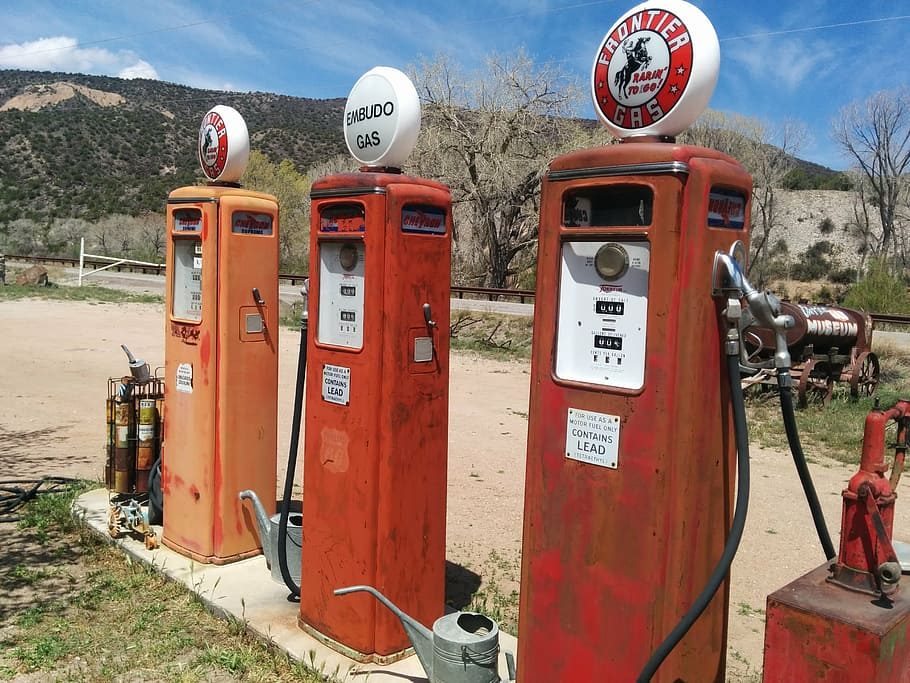
Service stations pumped an extraordinary 285 million gallons of leaded gasoline monthly, reflecting the universal acceptance of this harmful fuel. Engine manufacturers specifically required minimum octane ratings of 89 with lead additives, making leaded gas the standard choice for vehicles. Premium grades averaged 31 cents per gallon, keeping leaded fuel both accessible and economical. The EPA’s phase-out program in 1973 marked the beginning of a crucial environmental transition. Urban populations experienced a dramatic 78% decrease in blood lead levels by 1990, highlighting the program’s success.
11. Parents Smoking Around Kids
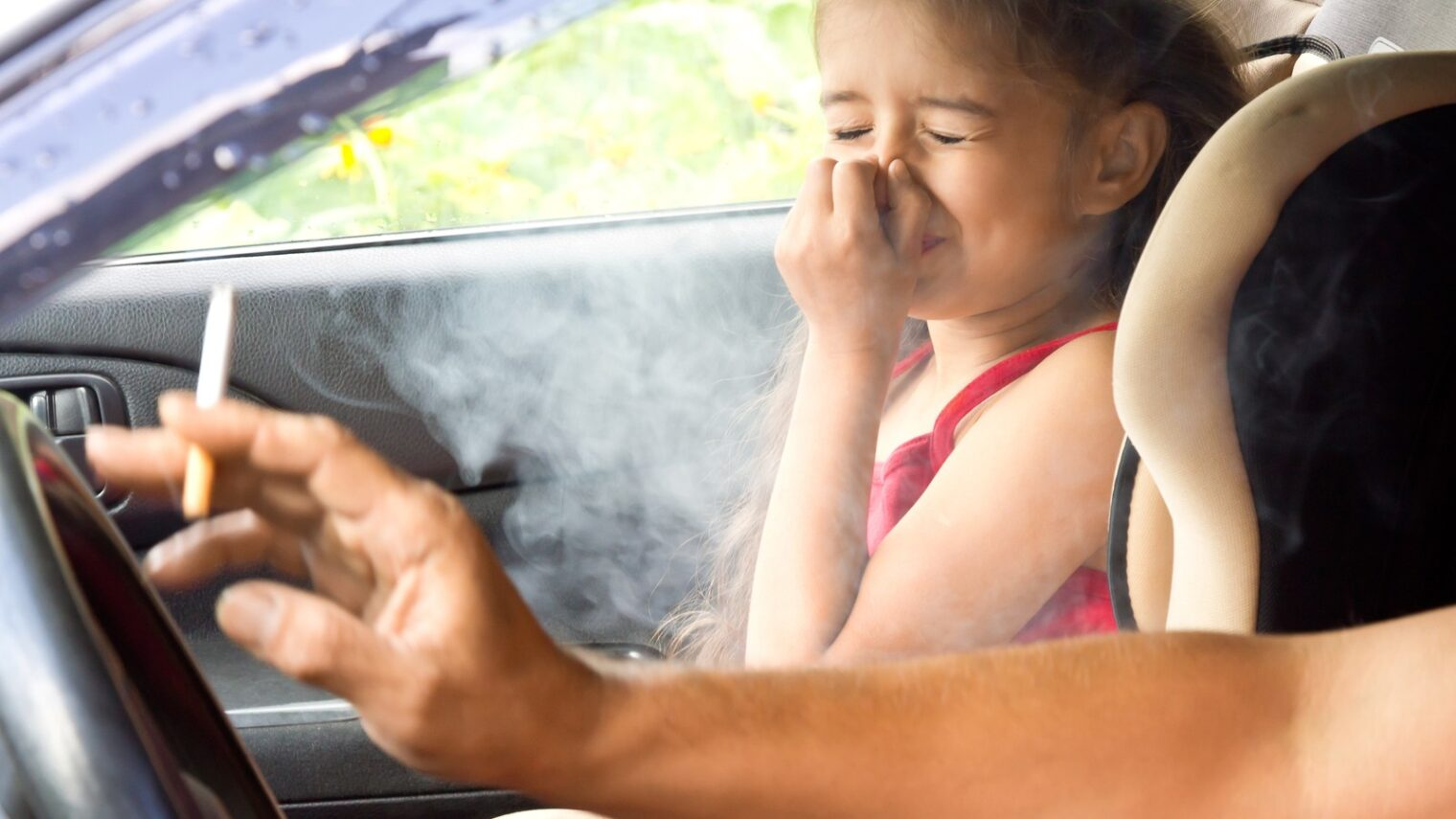
The average American home maintained 3.2 ashtrays per room, illustrating how deeply smoking was embedded in family life. Indoor environments contained six times more particulate matter than outdoor air, creating hazardous living conditions. Children spent approximately 1,460 hours annually breathing smoke-filled air within their homes. The release of conclusive secondhand smoke studies in 1986 transformed public understanding of these risks. Following indoor smoking restrictions, respiratory complaints among children dropped by 64%, demonstrating the immediate benefits of smoke-free homes.
10. Corporal Punishment At Home And School

School districts administered physical discipline to an alarming 15,000 students daily through 1970, reflecting accepted disciplinary standards. Administrators required parents to sign consent forms permitting the use of wooden paddles up to 24 inches in length. Teachers maintained detailed infraction logs before administering punishment, creating an official record of disciplinary actions. State education boards began restricting corporal punishment in 1975, introducing alternative behavioral management approaches. These new systems proved effective, with classroom disruptions decreasing by 48% under more modern disciplinary methods.
9. Schoolyard Games With Dangerous Equipment
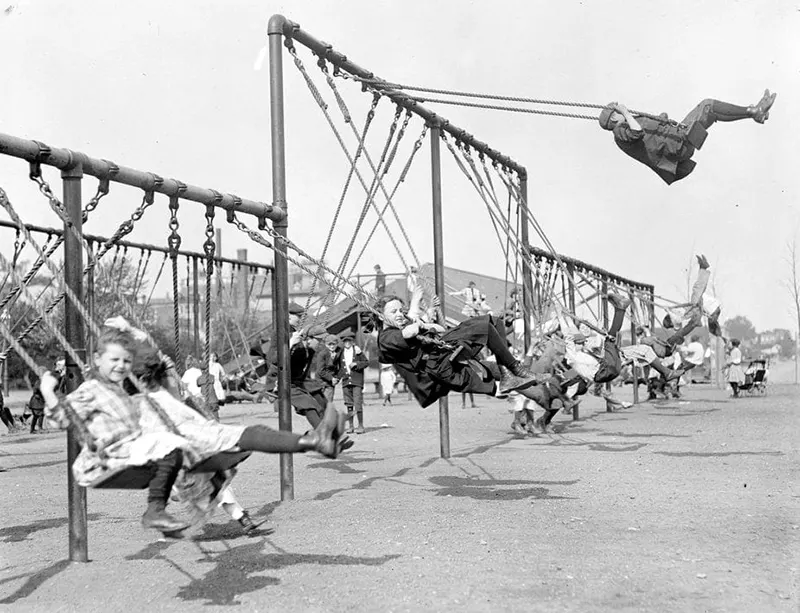
Playgrounds of the 1960s featured towering metal equipment designed to test children’s physical limits. Metal slides and elevated monkey bars dominated these spaces, with heights often reaching 15 feet or higher. These challenging structures reflected the era’s approach to childhood recreation, prioritizing adventure over safety considerations. Modern playground design represents a complete transformation in thinking about children’s play spaces, incorporating safety features while maintaining development opportunities. The introduction of safety standards has resulted in a 90% reduction in serious playground injuries compared to the 1960s.
8. Swimming In Unregulated Public Pools
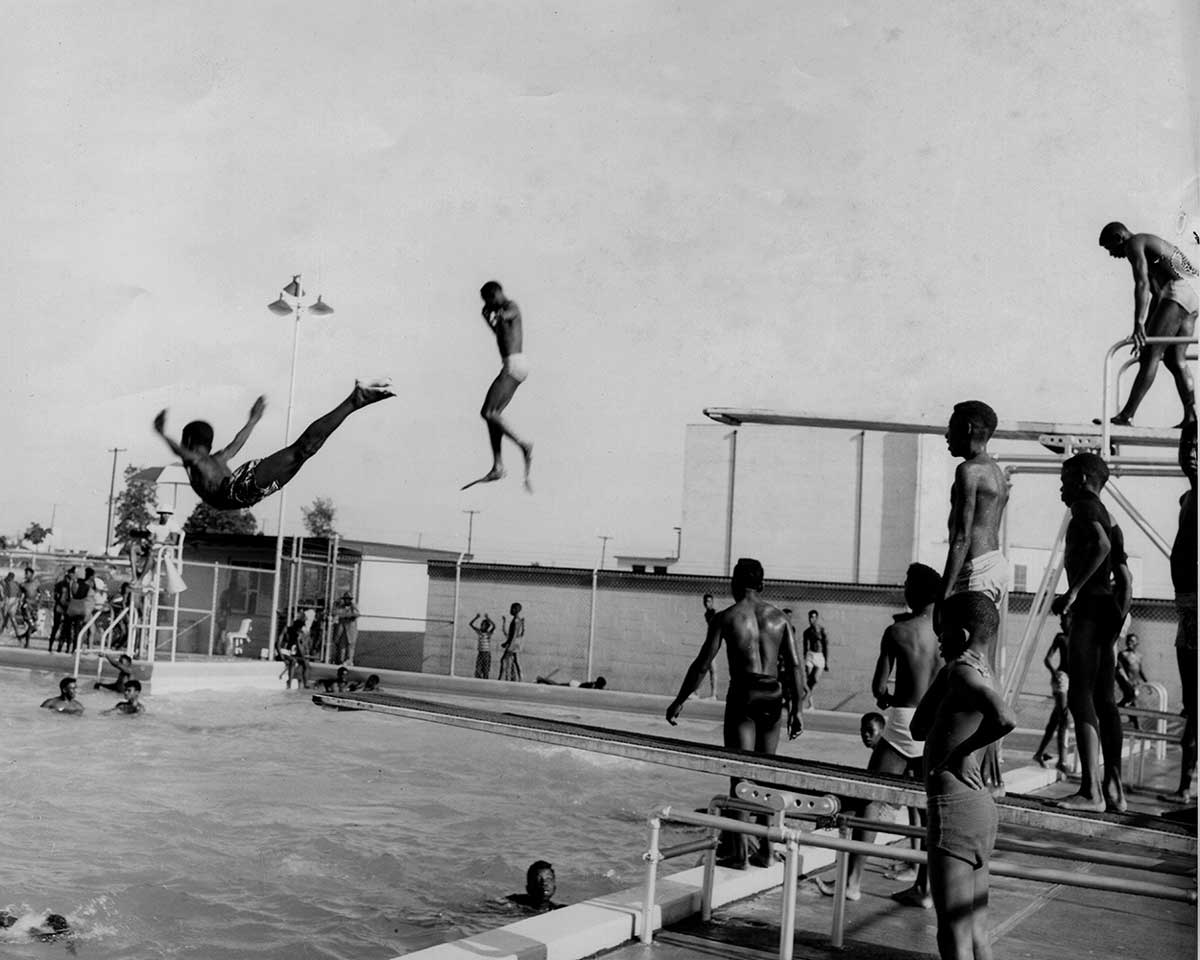
Municipal pools in earlier decades operated under minimal oversight, testing water clarity just once weekly during peak seasons. Facilities regularly exceeded safe capacity, with 400 patrons per hour crowding community pools during summer months. Pool operators relied primarily on visual inspection and smell to maintain chlorine levels, leading to inconsistent water quality. The American Public Health Association’s 1978 testing standards revolutionized pool safety practices. Their implementation led to a remarkable 93% decrease in waterborne illnesses within three years.
7. Advertising Alcohol During Family TV Shows

Television networks reached 24 million homes nightly with alcohol advertisements during prime time programming. Beer companies invested heavily in this exposure, spending $42 million annually on television spots by 1965. Family viewing hours included four minutes of alcohol advertising per hour, normalizing drinking for all audiences. The FCC’s guidance in 1984 transformed broadcasting standards for alcohol promotion. Youth alcohol awareness surveys following these changes showed significantly reduced brand recognition among viewers under 18.
6. Openly Hunting And Fishing Without Licenses
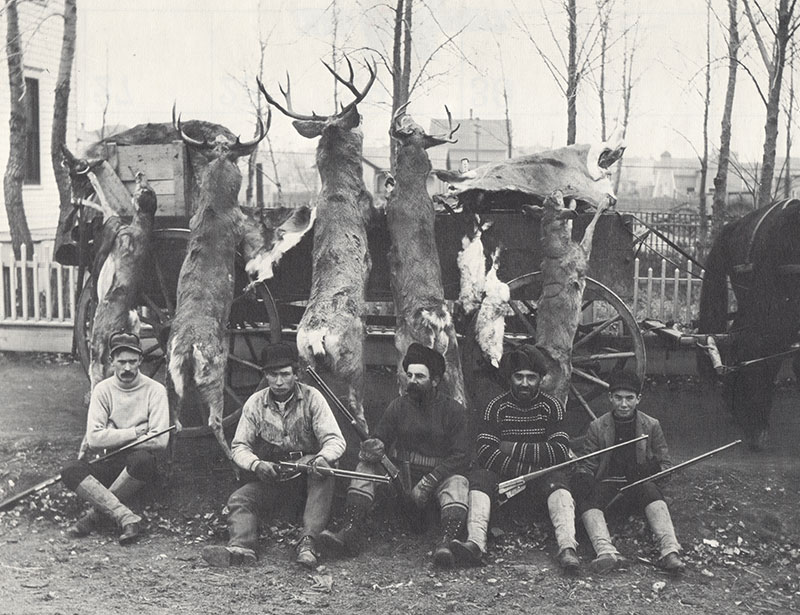
Before 1972, sportsmen pursued game without formal oversight or licensing requirements. Local game wardens managed hunting seasons based on traditional patterns rather than scientific wildlife management principles. You could find hunters taking unlimited deer from public lands each season, leading to significant wildlife population impacts. The Department of Interior’s 1972 harvest limits marked a turning point in conservation efforts. Their effectiveness became clear when deer populations showed a 156% increase within five years of implementation.
5. Driving Without Car Seats For Kids
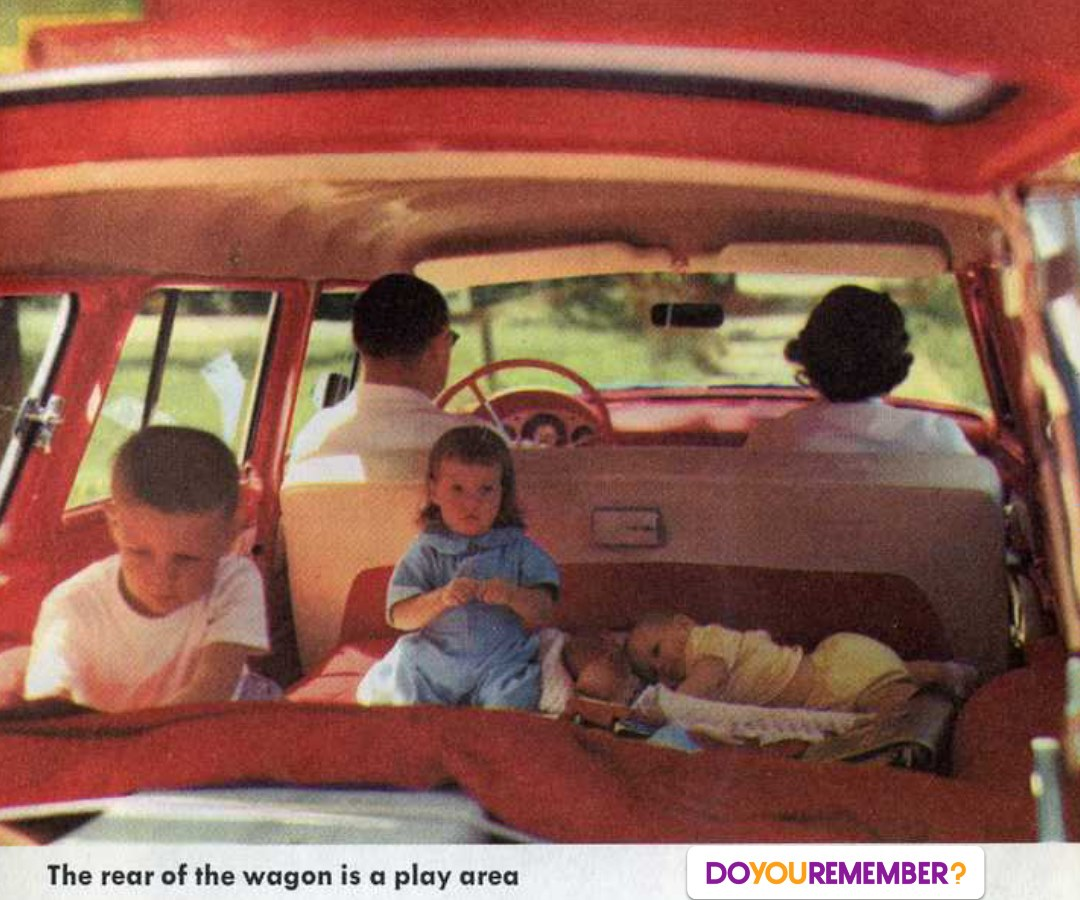
Through 1975, American automobiles operated without dedicated child restraint systems, leaving young passengers vulnerable. Station wagons commonly transported up to 9 children in rear compartments with no safety restraints. Annual accident reports revealed 1,200 serious injuries among unrestrained young passengers, highlighting the urgent need for change. Detroit manufacturers began incorporating child safety features in 1976, responding to growing safety concerns. The first year of mandatory restraint implementation prevented an estimated 1,200 serious injuries, demonstrating the immediate impact of these safety measures.
4. Using Lawn Darts

Lawn dart sets featured metal projectiles weighing 1.5 pounds each through 1988, presenting significant safety risks. Neighborhood children regularly played with these steel-tipped darts in 65% of suburban yards, treating them as casual toys. Sporting goods stores maintained robust sales, moving 185,000 sets annually until 1987. Consumer safety records eventually documented enough serious injuries to warrant complete market removal. Emergency rooms reported zero lawn dart incidents by 1990, validating the ban’s effectiveness.
3. Widespread Use Of Chlorofluorocarbons (CFCs)

Daily household activities released 5 pounds of CFCs per family annually. Refrigeration units contained 8 ounces of ozone-depleting compounds. Manufacturing relied on CFCs for 7 out of 10 cooling processes. International agreements initiated systematic removal in 1987. Atmospheric testing revealed the first signs of ozone recovery by 1989.
2. Hospital Ashtrays And Smoking Rooms
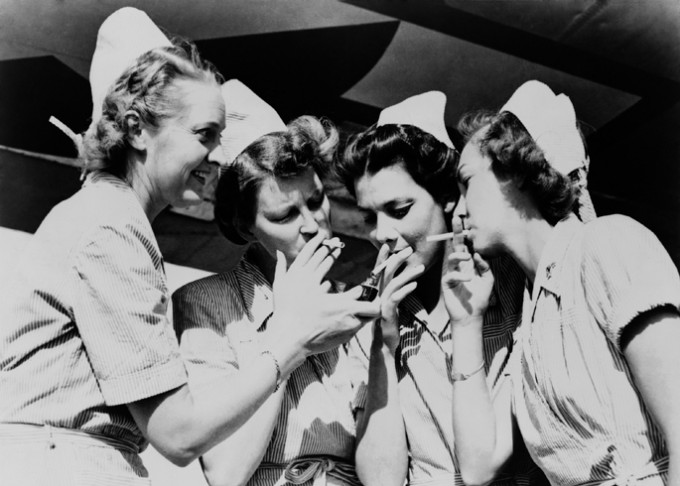
Hospitals maintained smoking areas in each wing, including operating room corridors, through 1970. Staff smoking lounges occupied 245 square feet of space per floor in major facilities. Doctors and nurses consumed tobacco during consultations and rounds. Individual state medical boards began restricting hospital smoking in 1985. Hospital air quality measurements in 1987 matched outdoor atmospheric standards for the first time.
1. Regularly Drinking Unfiltered Tap Water

Cities delivered untreated water to 42 million homes through 1965, operating with minimal purification standards. Treatment plants employed basic filtering methods without comprehensive contaminant testing protocols. Local water boards maintained only fundamental purification requirements, leaving many potential risks unaddressed. The Congressional authorization of comprehensive water quality requirements in 1974 revolutionized public water safety. Independent testing later confirmed 99.9% contaminant removal in compliant systems, establishing a new standard for safe drinking water.





















